The El Salvador History is a narrative of indigenous civilizations, Spanish colonization, struggles for independence, social upheavals, and contemporary challenges. Nestled in Central America, this small but densely populated country has traversed a complex and often tumultuous journey through the centuries. In this comprehensive exploration, we will delve into key periods and milestones, unraveling the layers of El Salvador’s intricate and fascinating history.
Pre-Columbian El Salvador:
Long before the arrival of Spanish conquistadors, the region now known as El Salvador was home to several indigenous cultures. Notable among these were the Lenca, Pipil, and Maya peoples. These civilizations engaged in agriculture, cultivating crops such as maize, beans, and cacao. They also had sophisticated social structures, artistic traditions, and religious practices.
The Pipil, in particular, had a significant presence in western El Salvador. Their advanced agricultural techniques, including terraced farming, allowed them to sustain a populous society. The Mayans, whose influence extended from Mexico to Honduras, left their mark on the eastern regions of El Salvador.
Spanish Conquest and Colonial Era (16th – 19th centuries):
The arrival of Spanish explorer Pedro de Alvarado in 1524 marked the beginning of Spanish colonization in El Salvador. The indigenous peoples resisted the Spanish incursion, but ultimately, the region fell under Spanish control.
In 1540, the Spanish crown established the Captaincy General of Guatemala, which included present-day El Salvador. The Spanish settlers exploited the indigenous populations for labor, particularly in the cultivation of indigo, cacao, and other crops. The introduction of European diseases, however, had a devastating impact on the native populations, leading to a significant demographic decline.
During the colonial period, El Salvador experienced economic growth driven by agriculture and trade. The production of indigo, a valuable dye, became a major industry. The Spanish also introduced Catholicism, and the influence of the Catholic Church played a central role in shaping the culture and identity of El Salvador.
Struggles for Independence (19th century):
The early 19th century witnessed the fervor for independence spreading across Latin America. On September 15, 1821, Central American nations, including El Salvador, declared their independence from Spanish rule. This initial union was short-lived, as the newly independent nations soon faced internal conflicts.
El Salvador became part of the First Mexican Empire under Agustín de Iturbide. However, dissatisfaction with Mexican rule led to the formation of the Federal Republic of Central America in 1823. This federation included El Salvador, Guatemala, Honduras, Nicaragua, and Costa Rica.
The Federal Republic faced challenges related to internal rivalries and regional tensions. El Salvador, with its own economic interests and political dynamics, experienced a degree of instability during this period. The federation dissolved in 1838, and El Salvador emerged as an independent nation.
Coffee Boom and Oligarchic Rule (19th – 20th centuries):
The latter half of the 19th century brought significant changes to El Salvador’s economic landscape with the rise of the coffee industry. Coffee cultivation became a dominant force, and El Salvador quickly became one of the leading coffee exporters in the world. The economic success of the coffee industry, however, was accompanied by social inequality and the concentration of land and wealth in the hands of a few.
A small elite, often referred to as the “Fourteen Families,” wielded significant economic and political power. Oligarchic rule characterized this period, and the majority of the population, including indigenous communities and peasants, faced social and economic marginalization.
The economic disparities and political discontent simmered beneath the surface, leading to periodic social unrest. In 1932, a major uprising known as the Salvadoran peasant massacre, or La Matanza, occurred. Indigenous and peasant communities, seeking social justice and land reforms, faced a violent crackdown by government forces. The rebellion was brutally suppressed, resulting in a large number of casualties.
Military Coups and Political Turmoil (20th century):
The 20th century witnessed a series of military coups, political instability, and social upheavals in El Salvador. The military frequently intervened in politics, and different factions vied for control.
In the 1960s and 1970s, leftist movements emerged in response to social inequality and repression. The government, fearing the influence of communism, responded with harsh measures, leading to a cycle of violence and political repression.
The 1970s and 1980s were marked by the Salvadoran Civil War, a protracted and brutal conflict between government forces and leftist guerrilla groups. The war, fueled by ideological divisions, social injustices, and U.S. Cold War interests, resulted in significant human rights abuses and loss of life. The conflict drew international attention, and the United States provided military and financial support to the Salvadoran government.
The peace accords signed in 1992 marked the end of the civil war. The accords included provisions for demilitarization, land reform, and the establishment of a Truth Commission to investigate human rights violations. The aftermath of the war presented immense challenges, including post-war reconciliation, economic recovery, and the reintegration of former combatants into society.
Post-War Reconstruction and Challenges (1992 – Present):
The post-war era brought both opportunities and challenges to El Salvador. Efforts were made to rebuild the country, promote democracy, and address the legacies of the conflict. However, the country continued to face socio-economic disparities, crime, and political divisions.
One of the significant developments in the post-war period was the establishment of the National Civil Police and the Armed Forces under civilian control. The demobilization of military forces aimed to shift towards a more civilian-oriented governance structure.
El Salvador also experienced economic reforms, including the adoption of the U.S. dollar as the official currency in 2001. While this move brought stability, it also posed challenges, particularly for the most vulnerable segments of the population.
In recent years, El Salvador has grappled with issues such as high crime rates, gang violence, and economic inequality. Political dynamics have been marked by polarization, with different political parties seeking to address the country’s challenges.
In 2019, Nayib Bukele, a former mayor of San Salvador, was elected as the President of El Salvador. His presidency has been marked by efforts to combat corruption, address social issues, and implement infrastructure projects. However, his administration has also faced criticism for alleged authoritarian tendencies and concerns about the concentration of power.
Conclusion:
El Salvador’s history is a tapestry woven with the threads of indigenous civilizations, Spanish colonization, struggles for independence, and the complexities of the modern era. From the resilience of pre-Columbian cultures to the challenges of the civil war and the ongoing quest for social justice, El Salvador’s narrative reflects the struggles and triumphs of its people.
The country’s rich cultural heritage, shaped by the fusion of indigenous and Spanish influences, contributes to its unique identity. The legacy of historical injustices, the impact of the civil war, and the challenges of post-war reconstruction continue to shape El Salvador’s trajectory.
As El Salvador faces the opportunities and complexities of the 21st century, it grapples with the need for inclusive development, political stability, and addressing the root causes of social issues. The journey of El Salvador, with its twists and turns, serves as a testament to the resilience of its people and the ongoing pursuit of a future that embraces the principles of democracy, justice, and equality.


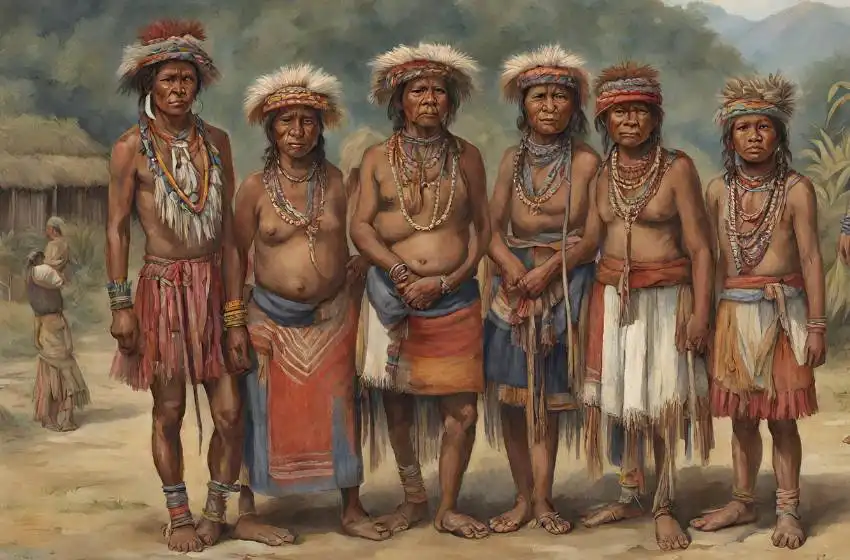

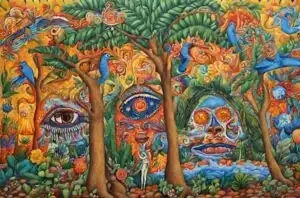
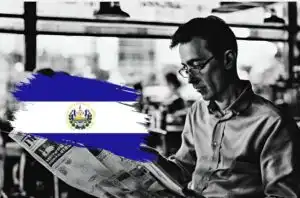


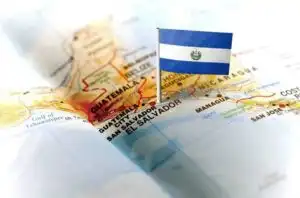
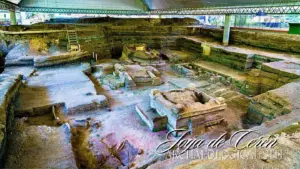

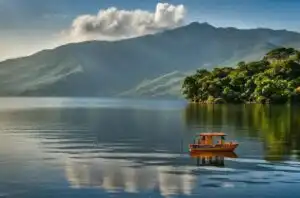
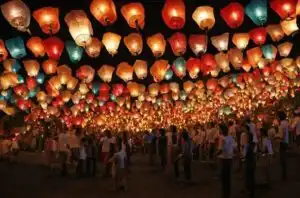
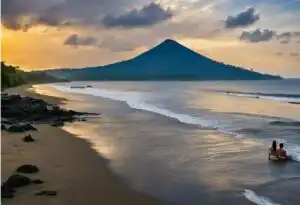
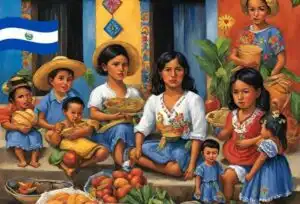


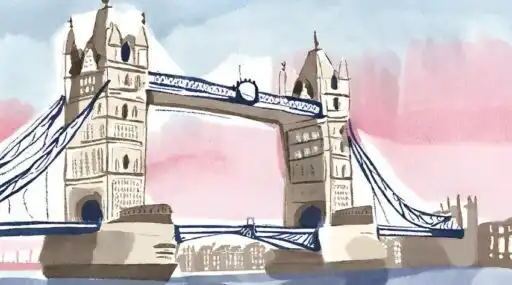
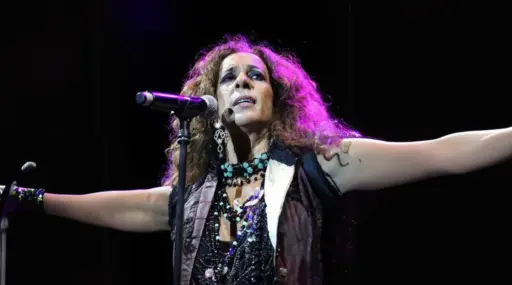

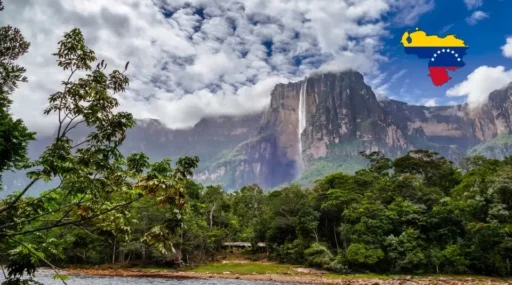
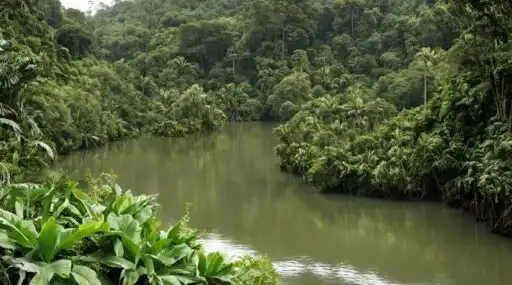

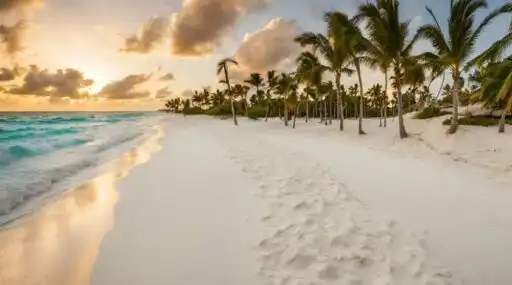



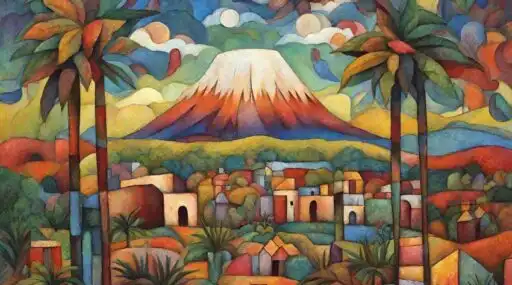

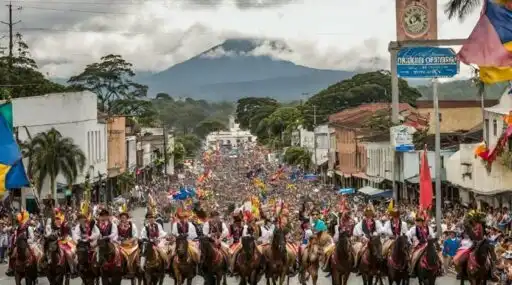
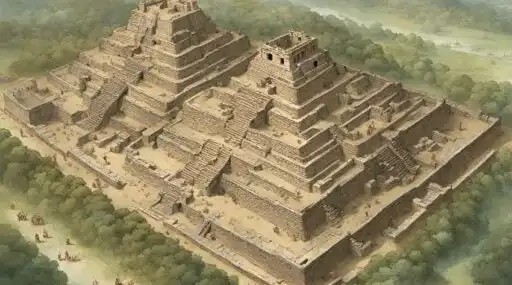


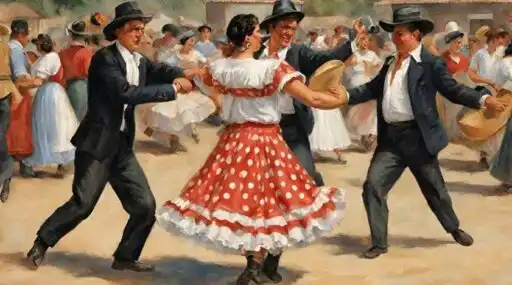

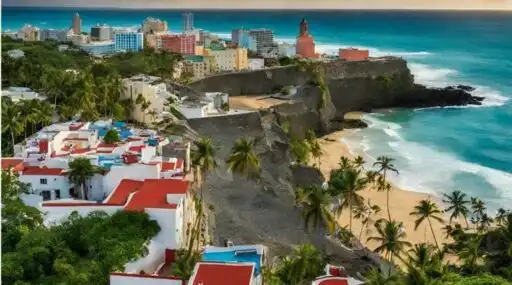



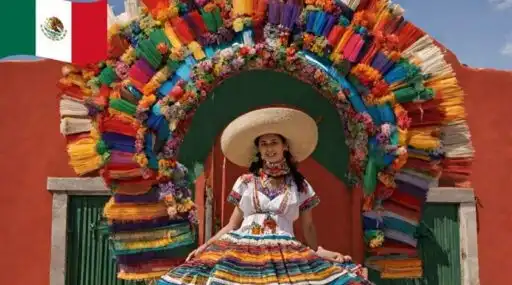
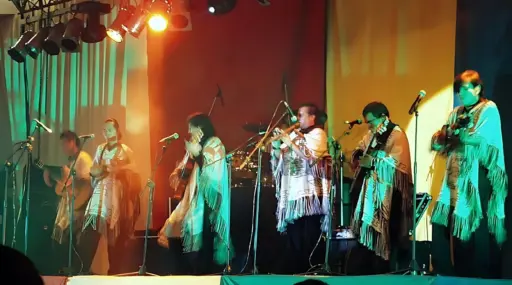
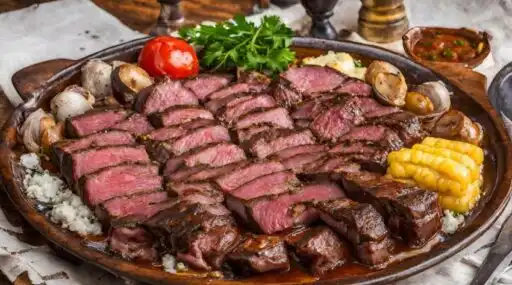
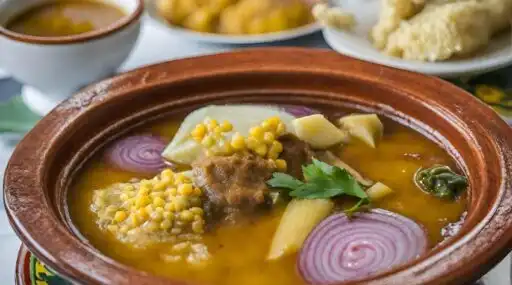


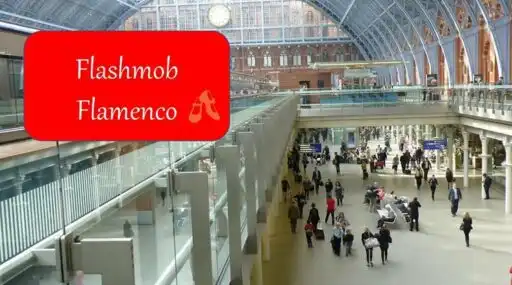

Leave a Reply